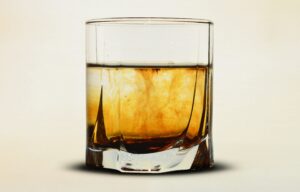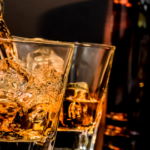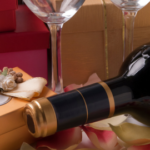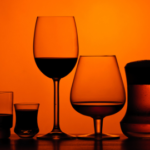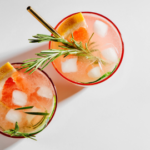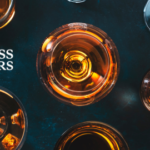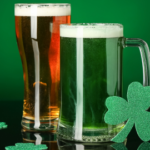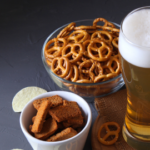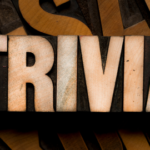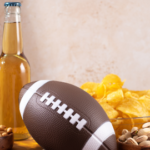Bourbon. It’s potentially the one alcohol America can truly claim as its very own. At the very least, it is considered by many to be the quintessential American whiskey. It’s true that this sippable, caramelly, oaky, spirit is unique from other whiskeys. However, many Americans don’t know what makes a bourbon a true bourbon.
We’re here to clear that up, once and for all.
Bourbon Is Not Synonymous With Whiskey
You may have heard the saying before – all bourbons are whiskeys, but not all whiskeys are bourbons. So, what does the phrase actually mean? Whiskey is a spirit that is distilled in many regions of the world. The most notable are from Scotland, Ireland, Canada, and the United States. They are from the fermented mash of different types of grains.
Styles of whiskey vary throughout the world, especially in which types of grains are used in the process. For example, Scotch whisky is mostly crafted from fermented barley, while Canadian whiskey is often made from a blend of grains. As a whiskey, American bourbon is also made from fermented grains, but the recipe – and process – is unique to its production and required by law.
The legal requirements bourbon producers must adhere to in order to label their product as so include:
- American production. To be labeled a bourbon, a whiskey must be produced within the US. However, other whiskeys can be produced anywhere.
- 51% corn mash. While most other whiskeys can use any combination of fermented grains, bourbons must consist of at least 51% corn mash.
- New, charred-oak barrels. All whiskeys are aged in oak barrels, but a bourbon is aged in a never-before-used, charred barrel to help lend the signature flavor.
- Distillation limits. It must be placed in barrels at no more than 125 proof and distilled to no more than 160 proof.
- No additives. While you might find a whiskey with added caramel and vanilla notes, true bourbons cannot have any flavor or coloring additives.
Other Fine Print
Aside from the name on the label of your favorite bourbon, you might notice a few other terms, including:
- Straight is aged for at least two years. It’s likely longer than four if you don’t see an age specified on the bottle.
- Aged left to sit for longer periods in charred barrels take on a bit darker color and more of the flavor imparted by the oak and char – namely vanilla and caramel notes.
- Single barrel is a batch that is sourced from only one of a brand’s many barrels – as opposed to most bourbons, which are blends of multiple barrels to produce a uniform flavor across the entire line.
- Small batch might be straight bourbon or may simply be a smaller batch than usual, blended from multiple barrels.
For more information about bourbon or any other spirit, ask the knowledgeable staff about the wide selection of bourbons at your nearest Payless Liquor location. Take a moment to pick out key phrases from the label to know what toexpect. Together, you can take a moment to find your newest find.

